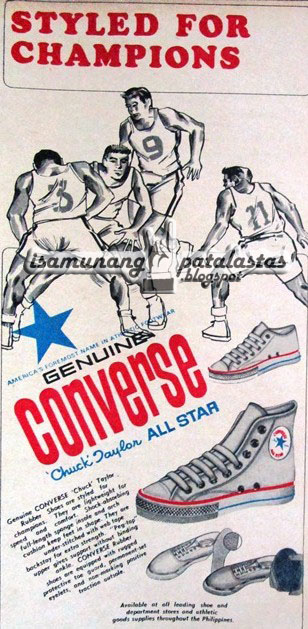 |
| MARY PRIETO in her only known endorsement, YUK NO HANA Cream, 1959 |
MARY PRIETO (b.1 Jan. 1920/d. 11 June 2010), a long and fruitful life, finding fame in many different worlds: as Yolanda Marquez, she made waves as a pre-war movie star on the silver screen. As Mary Prieto, she became a celebrated personality in Philippine high society, becoming a classic icon of style and grace. She became a model, and later, she a columnist and writer.
The Fil-Mex beauty (her father was Filipino lawyer Generoso
Hernandez, mother was Marina, a Mexican)
grew up in California until age 14, when she opted to come back to the
Philippines to stay in Macabebe, her father’s hometown. It was here that she
met her father’s cousin, the celebrated Miss Pampanga of 1926, Rosario H.
Paganiban. Rosario had been married a few years with director Vicente Salumbides.
She opened doors for the young Yolanda so she could start a career in the
movies. Soon, she was cast in “Milagro ng Nazareno” from Parlatone Films, where
she co-starred with Angel Esmeralda (Nepomuceno). It was an unprecedented
success and Yolanda was on her way.
 |
| WHEN MARY WAS YOLANDA, 1930s Fan Photo |
Her output over a period of 2 decades was limited to just 9
film appearances, but those were enough to propel her to national fame. The war
however, put her career on hold. In 1944, she met a La Sallian basketball star,
Leo Prieto (later a PBA Commissioner), whom she married and stayed with for 65
years.
She would resurface as MARY PRIETO, and though she had retired from the movies, she made a very rare appearance as an ad model at age 39. Prieto appeared in an ad for a medicated cream made by Kimura Laboratories in 1959. The brand, YUKI NO HANA (Snow Flower) was touted as “the miracle cream of the century” that promises “a pearl-like complexion”.
Prieto gushes about the revolutionary in her endorsement: “YUKI NO HANA Medicated Cream part of my everyday beauty care. It softens and clears my complexion. I use it as a make-up base too. I recommend it for complexion problems.”
Not much is known about this product and its maker. But certainly, the endorser is quintessential figure in Philippine high society: Mary Prieto. With her passing, came the end of a gracious era, where good manners and proper decorum where hallmarks of a good and genteel society.
Tatler Asia: https://www.tatlerasia.com/style/fashion/mary-prieto-the-quintessential-society-lady
High Society Star: Yolanda Marquez, http://viewsfromthepampang.blogspot.com/2012/07/300-high-society-star-yolanda-marquez.html
The Best of Karilagan, https://www.philstar.com/entertainment/2017/08/26/1733004/best-karilagan


































